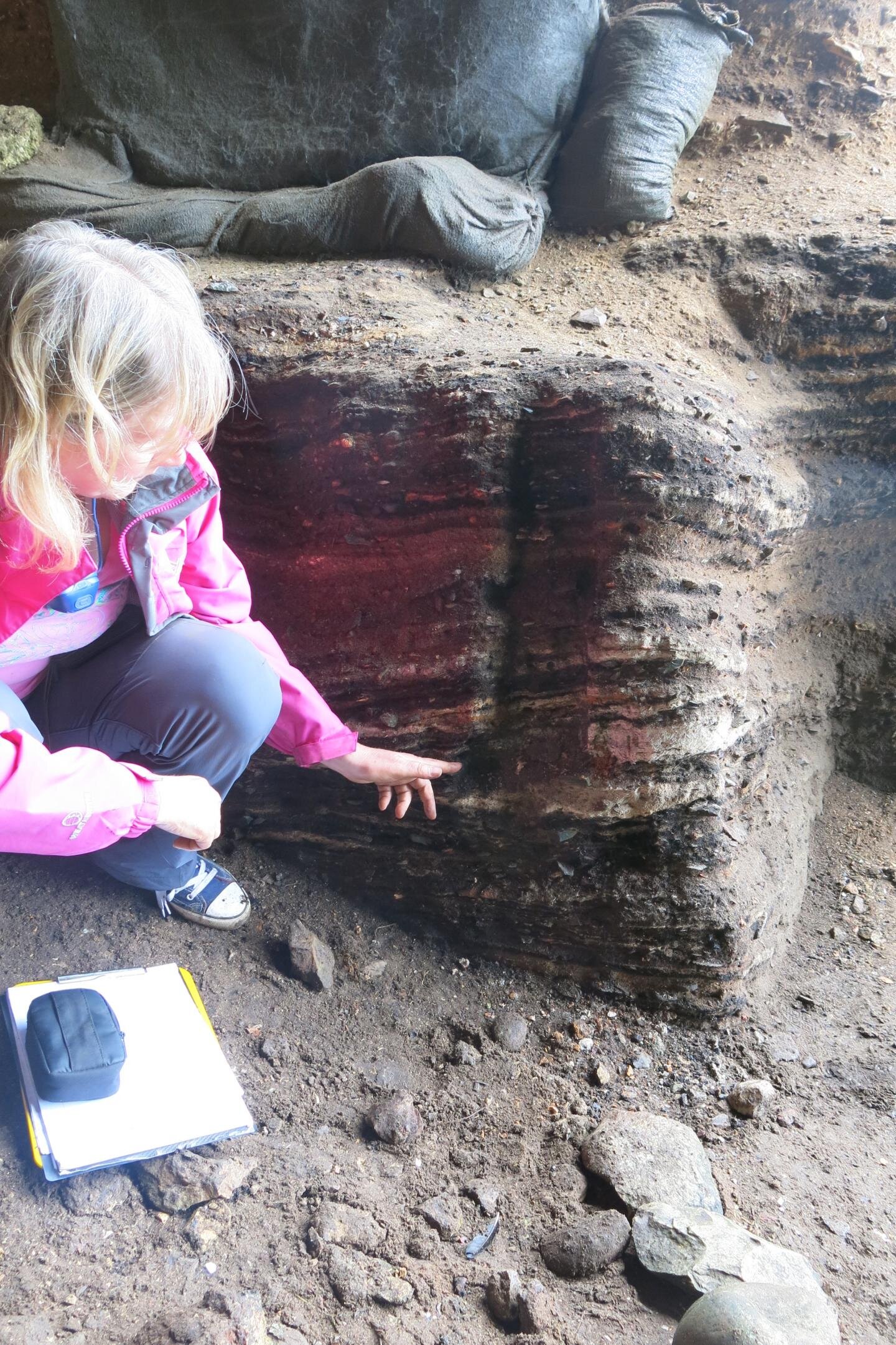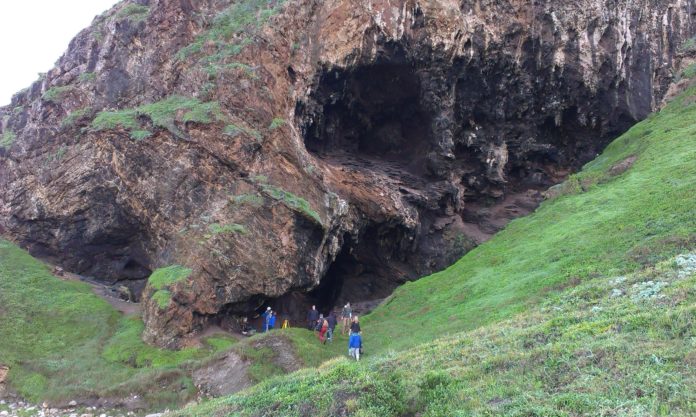Starch carbohydrate is still a poorly understood element of modern human diet and our past starch diet may provide insights for future research. Despite an archaeological narrative that links our early hominin ancestors to a diet that is rich in roots and tubers, there is little deep time archaeological evidence of human-plant starch consumption. Geneticists hypothesize that the duplication of starch digestion genes in early Homo sapiens (∼300 kya), is an adaptive response to an increased starch diet.
In a new study, scientists at the Wits University have offered first archaeological evidence that anatomically modern humans were roasting and eating plant starches as early as 120,000 years ago.
The study is based on discoveries made at the Klasies River Cave in South Africa where charred food remains from hearths were found. The work is part of a systemic multidisciplinary investigation into the role that plants and fire played in the lives of Middle Stone Age communities.
Lead author Cynthia Larbey of the Department of Archaeology at the University of Cambridge said, “Our results showed that these small ashy hearths were used for cooking food and starchy roots and tubers were clearly part of their diet, from the earliest levels at around 120,000 years ago through to 65,000 years ago. Despite changes in hunting strategies and stone tool technologies, they were still cooking roots and tubers.”

Professor Sarah Wurz from the School of Geography, Archaeology and Environmental Studies at the University of the Witwatersrand in Johannesburg, South Africa (Wits University) said, “The research shows that “early human beings followed a balanced diet and that they were ecological geniuses, able to exploit their environments intelligently for suitable foods and perhaps medicines.”
By combining cooked roots and tubers as a staple with protein and fats from shellfish, fish, small and large fauna, these communities were able to optimally adapt to their environment, indicating great ecological intelligence as early as 120,000 years ago.

Wurz said, “Evidence from Klasies River, where several human skull fragments and two maxillary fragments dating 120,000 years ago occur, show that humans living in that time period looked like modern humans of today. However, they were somewhat more robust.”
The new research by an international team of archaeologists, published in the Journal of Human Evolution.
